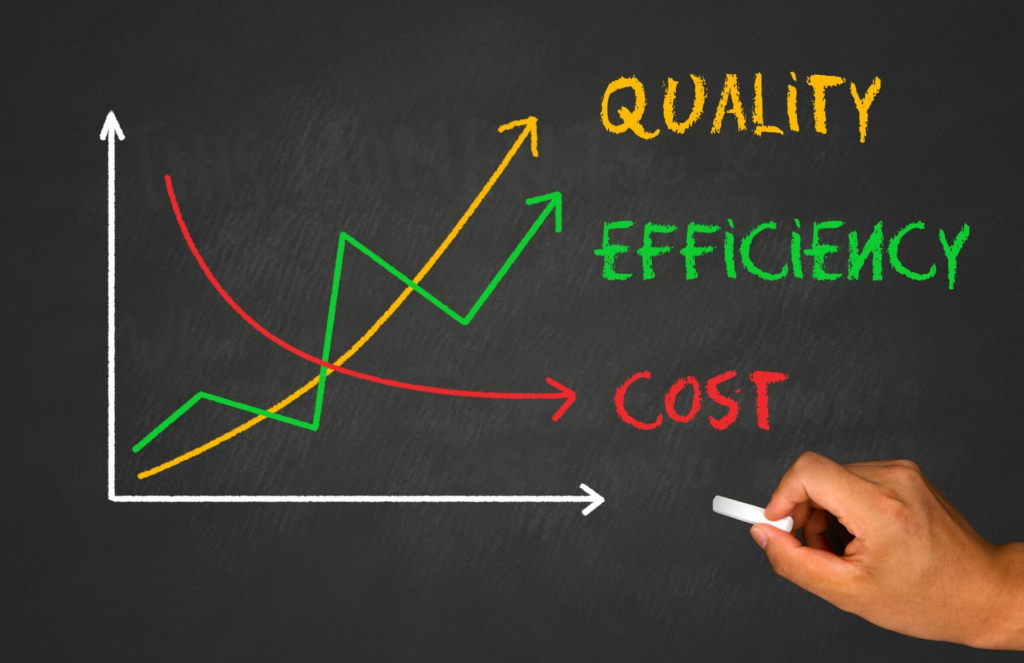In today’s competitive market, businesses face constant pressure to reduce costs while maintaining high product standards. Achieving this balance can feel like walking a tightrope, but it’s entirely possible with value engineering. This strategic approach focuses on maximizing value by optimizing product design, materials, and processes. The result? Reduced costs without compromising on quality—a win-win for businesses and customers. Mattias Knutsson, an expert in global procurement and strategic business development, exemplifies the importance of value engineering. With his extensive experience across industries, he has successfully driven efficiency and innovation while upholding product integrity.
What Is Value Engineering?
Value engineering is a systematic process of analyzing a product’s design, materials, and production to improve its functionality and cost-efficiency. It’s not about cutting corners; instead, it’s about finding smarter ways to deliver the same—or even better—value.
For instance, a manufacturer might replace an expensive component with a more affordable alternative that performs just as well. The goal is to identify and eliminate unnecessary costs without compromising the product’s purpose or quality.
Why Value Engineering Matters

In an era of rising material costs and global supply chain challenges, value engineering is more critical than ever. Businesses that embrace this approach can:
- Increase Profit Margins: By reducing costs, companies can boost profitability without raising prices.
- Enhance Customer Satisfaction: Delivering quality products at competitive prices strengthens customer loyalty.
- Drive Innovation: The process often uncovers opportunities for better designs and materials.
A report by Deloitte highlights that companies implementing value engineering see an average cost savings of 10-20% per product, proving its effectiveness in maintaining competitiveness.
Steps to Implement Value Engineering
1. Define the Product’s Core Purpose
Start by identifying the product’s essential functions. What is its primary purpose? What features are non-negotiable for the customer? Understanding these core aspects helps focus on value-adding improvements.
2. Collaborate with Cross-Functional Teams
Value engineering thrives on diverse perspectives. Involve engineers, designers, procurement specialists, and production teams in the process. Their collective insights can uncover innovative solutions.
3. Analyze Costs and Materials
Break down the product into its components and analyze their costs. Are there more cost-effective materials that offer similar performance? Could certain features be simplified without affecting functionality?
For example, in the wood materials industry, sourcing sustainable yet cost-efficient alternatives can significantly reduce expenses while meeting quality standards.
4. Leverage Data and Technology
Utilize tools like CAD software, simulation programs, and predictive analytics to test design changes. These technologies can help identify potential cost savings and performance improvements before production begins.
5. Optimize Production Processes
Streamline manufacturing processes to minimize waste and reduce labor costs. Techniques like Lean manufacturing and Six Sigma can be invaluable here.
6. Evaluate and Test Changes
Any proposed changes must undergo rigorous testing to ensure they don’t compromise quality. Prototype testing, customer feedback, and performance analysis are essential steps.
Benefits of Value Engineering
- Cost Savings: Lower material and production costs directly impact the bottom line.
- Enhanced Product Value: Smarter designs often lead to products that are easier to use and more durable.
- Sustainability: Optimizing materials and processes reduces waste and environmental impact, a key factor for eco-conscious customers.
- Market Competitiveness: Offering high-quality products at lower costs strengthens your market position.
Challenges and How to Overcome Them
While value engineering offers significant benefits, it comes with challenges:
- Resistance to Change: Teams may resist altering established processes. Overcome this by emphasizing the long-term benefits.
- Initial Costs: Implementing changes may require upfront investments. Highlight the potential ROI to justify these costs.
- Maintaining Quality: Rigorous testing and collaboration ensure quality standards remain intact.

Conclusion
Value engineering is more than just a cost-cutting measure—it’s a strategic approach to enhancing product efficiency and value. By focusing on smart design, material optimization, and streamlined processes, businesses can achieve significant savings while maintaining the high quality their customers expect.
Mattias Knutsson, a seasoned professional in global procurement and strategic business development, exemplifies the power of value engineering. His expertise in optimizing supply chains and sourcing sustainable materials has helped businesses thrive in competitive markets.
By embracing value engineering, companies can not only meet today’s challenges but also position themselves for long-term success. The key is to think creatively, collaborate effectively, and never compromise on quality.






2 Responses
What a great article—both informative and fun to read!
The website is top-notch and very user-friendly.
We stumbled over here from a different page and thought I might as well check things out.
I like what I see so now i am following you.
Look forward to exploring your web page yet again.